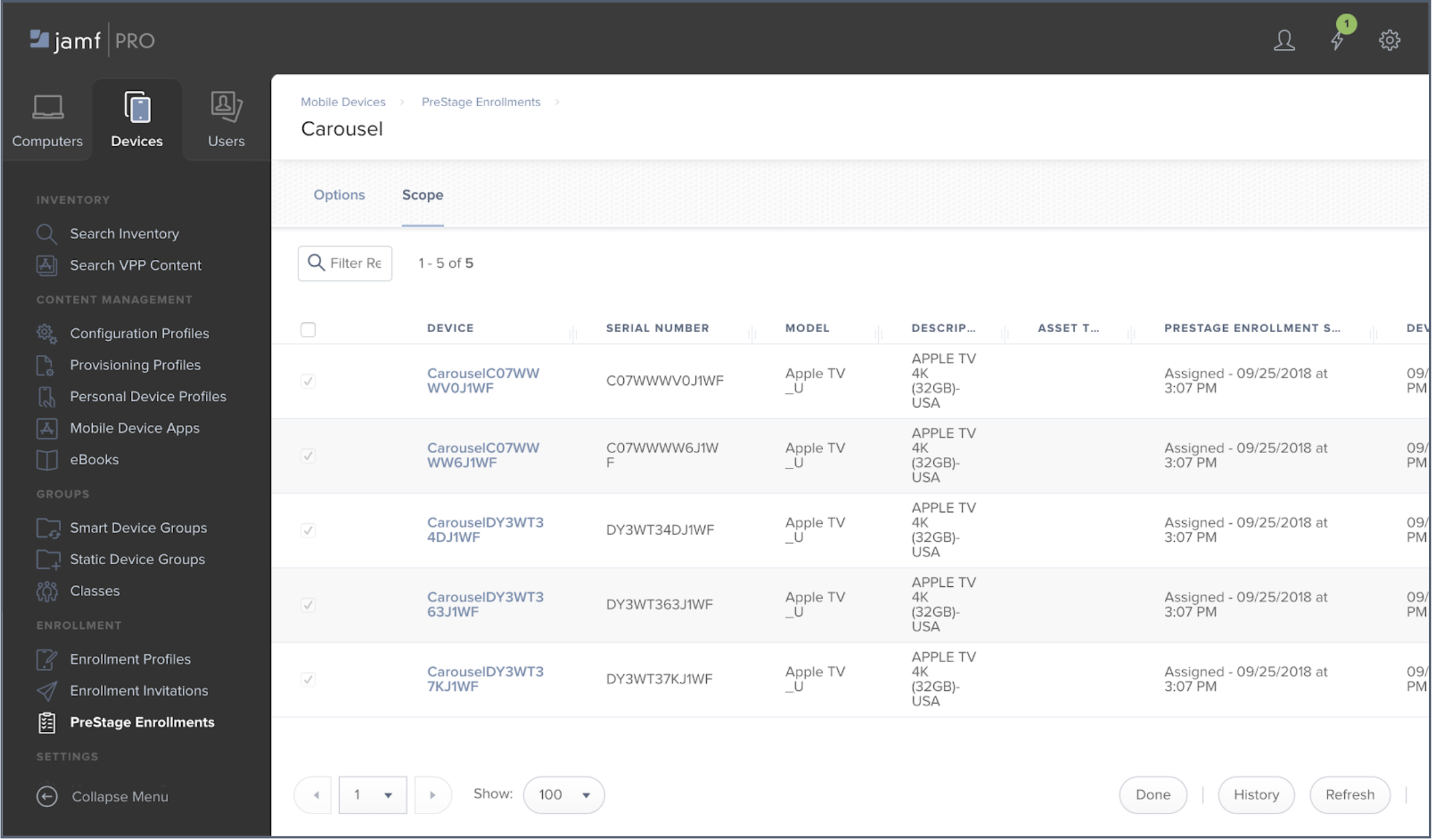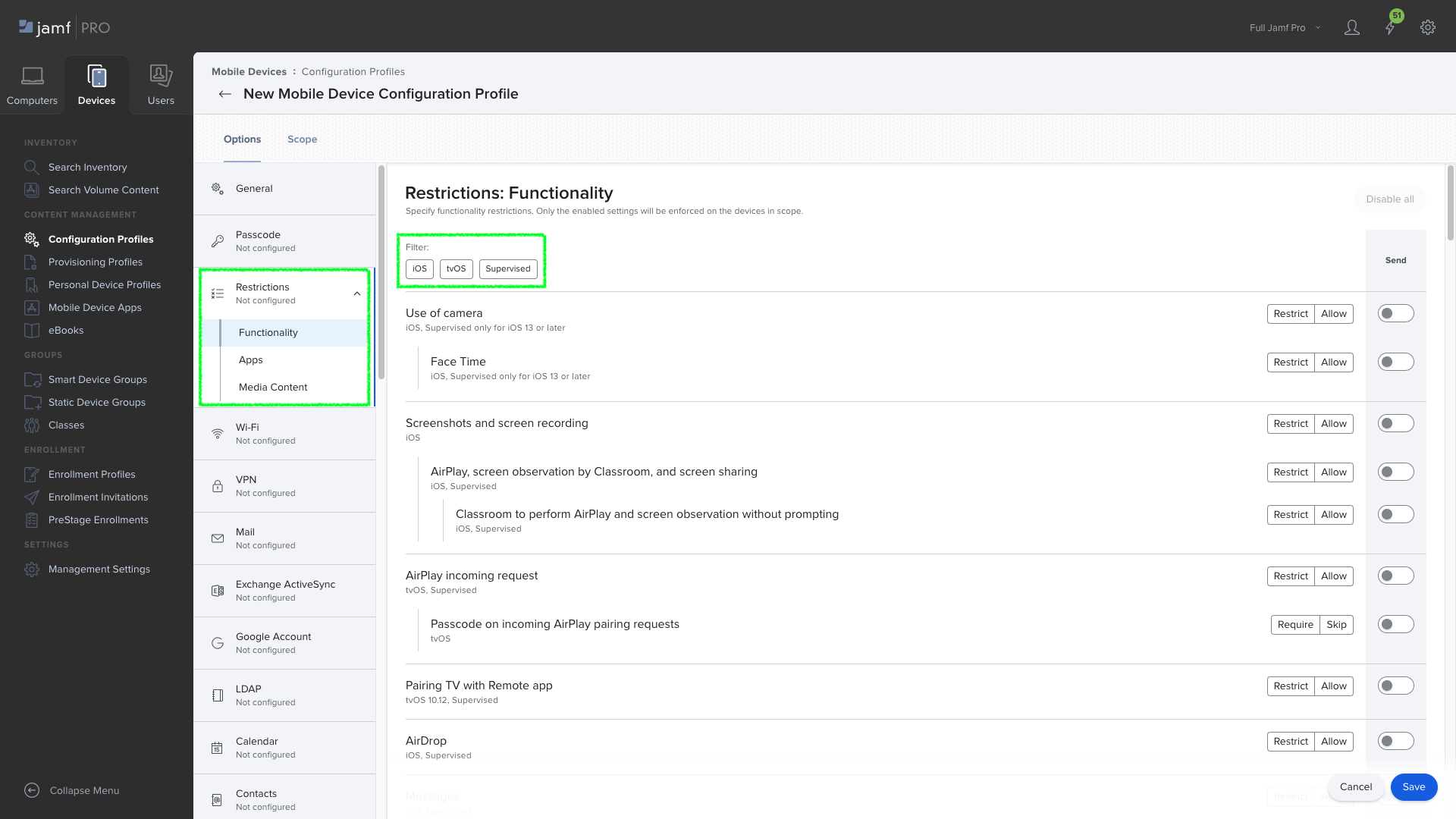
If you need to run an inventory as part of a policy, you can use the Jamf agent’s recon function to run an inventory update by using the following process: If you have profiles scoped to extension attributes, my recommendation is to use the Jamf agent’s recon function to run inventory updates. If the extension attribute hasn’t been checked before profile assignments change, you may see that profile not deploy, deploy based on what is incorrect information, or even deploy multiple times as first incorrect and then correct data comes in from the extension attribute.

If you have profiles scoped to the results of an extension attribute, having that extension attribute checked and updated before profile assignments change will result in that profile being deployed correctly once.

When running an inventory update using the recon function of the Jamf agent, the following items are run in this order: Extension attributes are checked and updated.The DeviceInformation MDM command is run.When running an inventory update using the Update Inventory function in a Jamf Pro policy, the following items are run in this order: With regards to profiles, the two inventory update processes run the DeviceInformation MDM command at different times in the inventory gathering process, with relationship to when the inventory update process checks extension attributes. Using a Jamf policy’s Update Inventory function. There’s a couple of ways that you can request a computer inventory using Jamf Pro:Ģ. For more details, please see below the jump. The differences turned out to be important for profile deployment.

As part of discussing the outcome of a troubleshooting session concerning Jamf Pro and profile deployment with a teammate, I learned that the two functions that Jamf Pro uses to update its computer inventory worked in a similar fashion, but they weren’t identical.


 0 kommentar(er)
0 kommentar(er)
